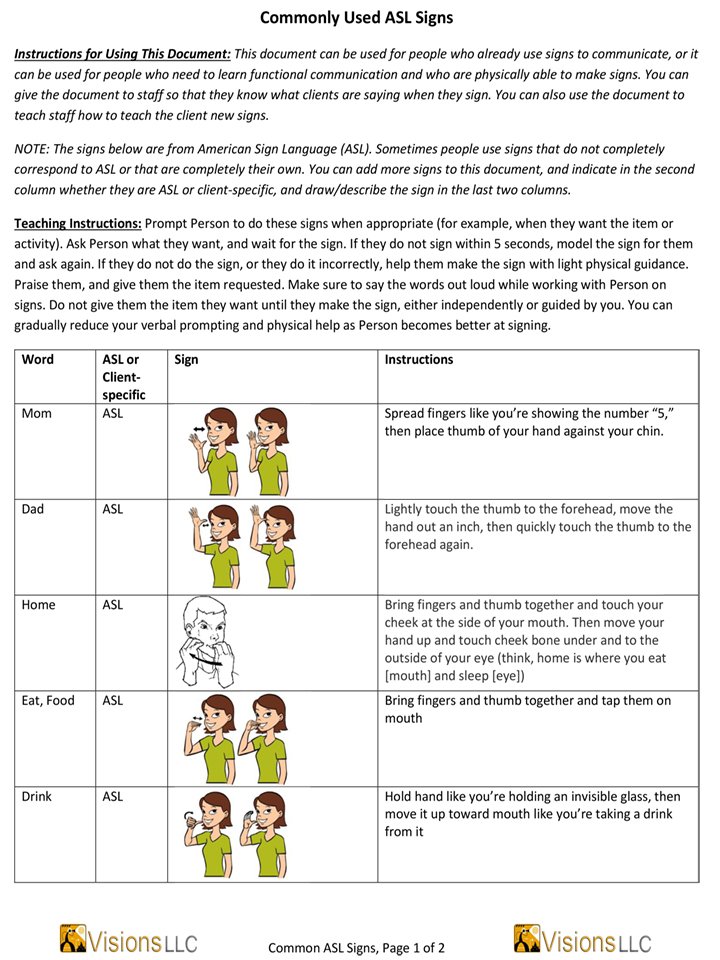
Downloadable Materials
The materials below are free to download. These materials are allowed to be reproduced for personal use only. As a disclaimer, these materials are general and not meant to serve as stand-alone interventions.
It is advised that these materials be utilized with our Behavior Consulting services; the development of a Functional Behavior Assessment and a Positive Behavior Support Plan. Within our services, recommended materials are individualized and embedded into support plans. Coaching and training is provided to encourage systematic and effective implementation.
For questions regarding the use of these materials or to receive our consultation services, contact us by clicking here.
-

Change is Okay
A 1-page social story about how change occurs sometimes and everything will be ok. This may be especially useful for adults and children with an autism diagnosis and for others who have difficulty with change.
-

Change Day
A very brief, 1-page social story for change that is happening TODAY. It includes a Schedule for Change Day that can be filled out by the person or their caregiver, and includes cues to remind caregivers to tell the person what is going to happen and when everything will be back to normal. This document can be laminated for use with a dry-erase marker, and the person can take the schedule with them to the new event.
-

First-Then Document for Staff
Includes generic first-then statements that can be used as is or laminated to make cards. These cards remind people what they need to do and what they will get if they do that. Also includes a “first safe hands, then ___” card for people who need to be reminded to be safe.
-

First-Then Document for Family
Includes generic first-then statements that can be used as is or laminated to make cards. These cards remind people what they need to do and what they will get if they do that. Also includes a “first safe hands, then ___” card for people who need to be reminded to be safe.
-

Mad Practice for Staff
A social story and practice to get people to sit on the floor and check their body when they get too upset. Use the social story to talk to the person about what they can do when they get upset, and practice with them when they are not upset. One page lists what to do when they are upset and can be posted in various areas to refer to when the person gets upset, so that you do not have to verbally remind them, which sometimes escalates people. Practicing when the person is not escalated helps them to be better at doing the activity when they are upset in the moment.
-

Mad Practice for Family
A social story and practice to get people to sit on the floor and check their body when they get too upset. Use the social story to talk to the person about what they can do when they get upset, and practice with them when they are not upset. One page lists what to do when they are upset and can be posted in various areas to refer to when the person gets upset, so that you do not have to verbally remind them, which sometimes escalates people. Practicing when the person is not escalated helps them to be better at doing the activity when they are upset in the moment.
-

Yes/No and Picture Communication Training
Explains how to teach people to say yes/no and point to pictures of what they need. This can be used for people who talk and for people who do not talk.
-

Common American Sign Language (ASL)
Common American Sign Language (ASL) signs and how to teach people to communicate using those signs. This can be used for people who already use a few signs and for others who do not talk and who have not yet learned any signs.
